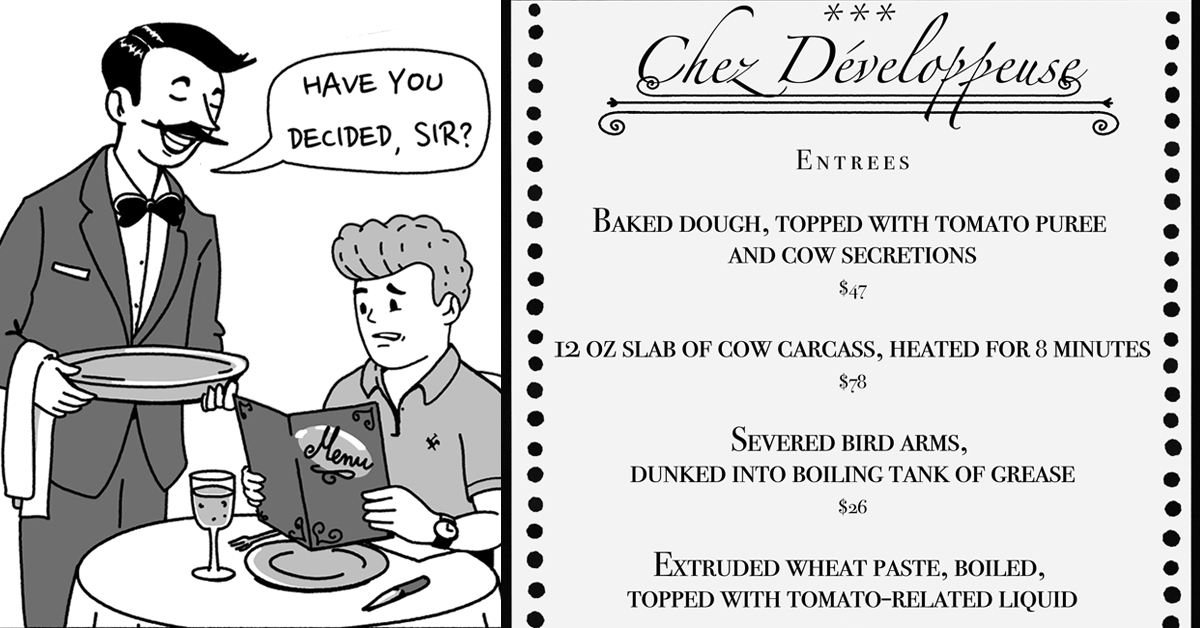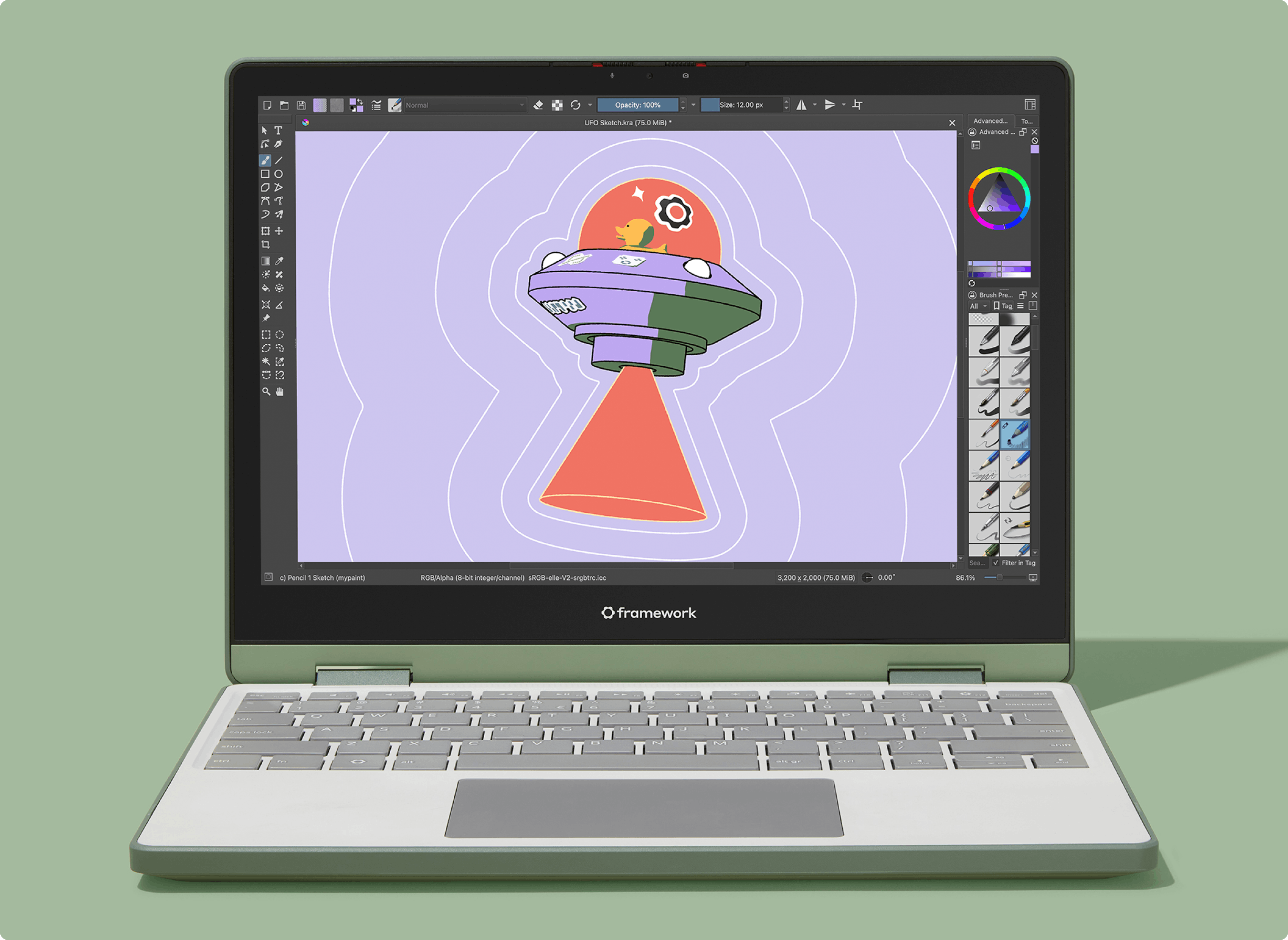rv is a new way to manage and install your R packages in a reproducible, fast, and declarative way.
Warning
rv is still in development and may not be fully documented. For additional information, issues, or feature requests, please create an issue or contact us directly.
rv has several top level commands to provide the user with as much flexibility as possible. The two primary commands are:
The subsequent actions of these commands are controlled by a configuration file that specifies a desired project state by specifying the R version, repositories, and dependencies the project uses. Additionally, specific package and repository level customizations can be specified.
For example, a simple configuration file:
Running rv sync will synchronize the library, lock file, and configuration file by installing dplyr, ggplot2, any dependencies those packages require, and the suggested packages for ggplot2. Running rv plan will give you a preview of what rv sync will do.
Additional example projects with more configurations can be found in the example_projects directory of this repository.
See the installation documentation for information on how to install rv.
See the usage documentation for information on how to use rv and how to configure it with the rproject.toml file.
To get started with the development of rv, you'll need:
After installing Rust, you can build the project by running:
e.g. just run sync or just run add --dry-run.
If you'd like to install the current version of the project as a binary, you can run:
Run the unit tests with:
Snapshots require R version 4.4.x.









 English (US) ·
English (US) ·